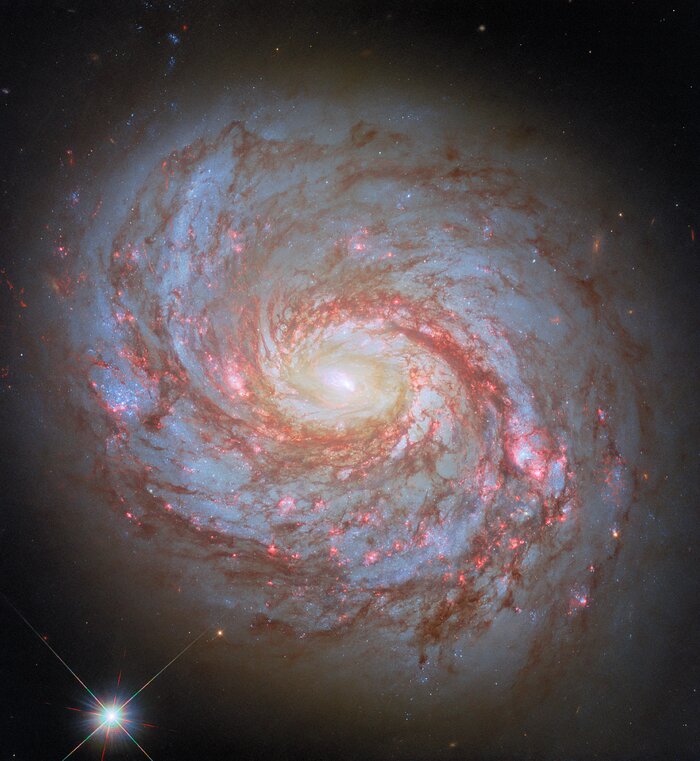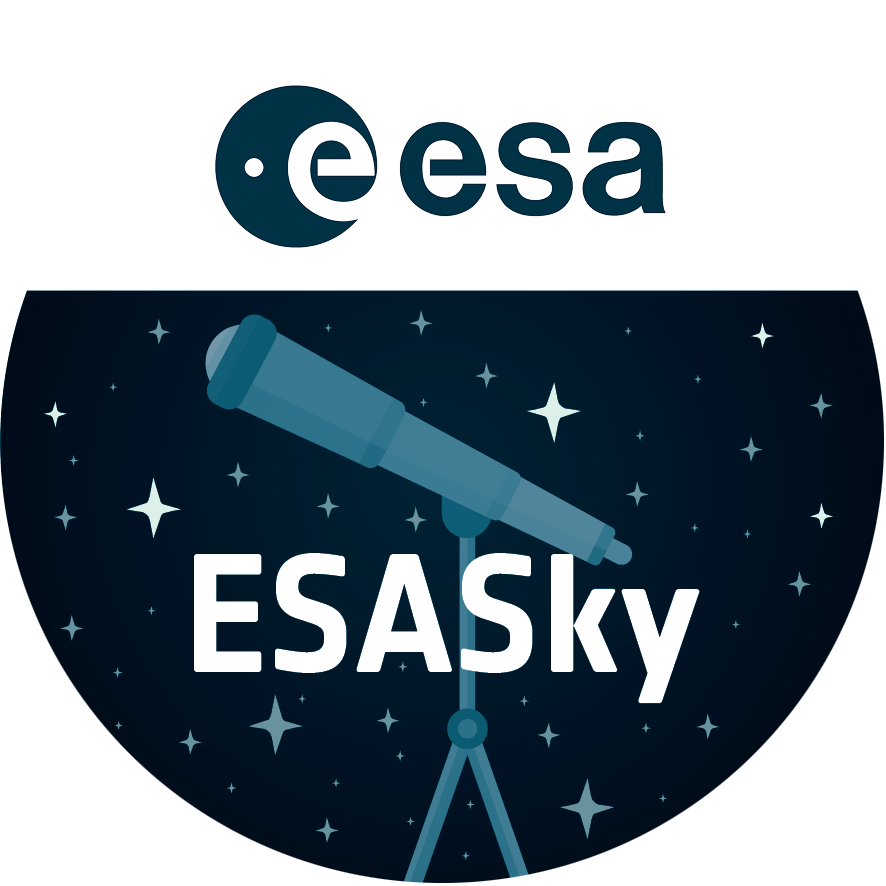The squid and the whale
Today’s rather aquatic-themed NASA/ESA Hubble Space Telescope Picture of the Week features the spiral galaxy Messier 77, also known as the Squid Galaxy, which sits 45 million light-years away in the constellation Cetus (The Whale).
The designation Messier 77 comes from the galaxy’s place in the famous catalogue compiled by the French astronomer Charles Messier. Another French astronomer, Pierre Méchain, discovered the galaxy in 1780. Both Messier and Méchain were comet hunters who catalogued nebulous objects that could be mistaken for comets.
Messier, Méchain, and other astronomers of their time mistook the Squid Galaxy for either a spiral nebula or a star cluster. This mischaracterisation isn’t surprising. More than a century would pass between the discovery of the Squid Galaxy and the realisation that the ‘spiral nebulae’ scattered across the sky were not part of our galaxy and were in fact separate galaxies millions of light-years away. The Squid Galaxy’s appearance through a small telescope — an intensely bright centre surrounded by a fuzzy cloud — closely resembles one or more stars wreathed in a nebula.
The name ‘Squid Galaxy’ only came about recently. This name comes from the extended, filamentary structure that curls around the galaxy’s disc like the tentacles of a squid. The Squid Galaxy is a great example of how advances in technology and scientific understanding can completely change our perception of an astronomical object — and even what we call it!
A Hubble image of the Squid Galaxy was previously released in 2013. This new version incorporates recent observations made with different filters and updated image processing techniques.
[Image Description: A close-up of a spiral galaxy, seen face-on. Its center glows brightly. From the sides of the galaxy’s core emerge spiral arms which wind through the round disc of the galaxy, filled with shining pink spots where stars are forming and more dark-red dust. Some faint stars can be seen around the galaxy, as well as a particularly bright star in the lower left of the image.]
Links:
Credit:ESA/Hubble & NASA, L. C. Ho, D. Thilker
About the Image
| Id: | potw2515a |
|---|---|
| Type: | Observation |
| Release date: | 14 April 2025, 06:00 |
| Size: | 3774 x 4101 px |
About the Object
| Name: | Messier 77 |
|---|---|
| Distance: | 45 million light years |
| Constellation: | Cetus |
| Category: | Galaxies |
Image Formats
Classic Wallpapers
Coordinates
| Position (RA): | 2 42 40.65 |
|---|---|
| Position (Dec): | 0° 0' 47.46" |
| Field of view: | 2.49 x 2.71 arcminutes |
| Orientation: | North is 30.1° left of vertical |
Colours & filters
| Band | Wavelength | Telescope |
|---|---|---|
| Ultraviolet UV | 275 nm |
Hubble Space Telescope
WFC3 |
| Optical U | 336 nm |
Hubble Space Telescope
WFC3 |
| Optical B | 438 nm |
Hubble Space Telescope
WFC3 |
| Optical V | 555 nm |
Hubble Space Telescope
WFC3 |
| Optical I | 814 nm |
Hubble Space Telescope
WFC3 |
| Optical N II | 658 nm |
Hubble Space Telescope
ACS |


